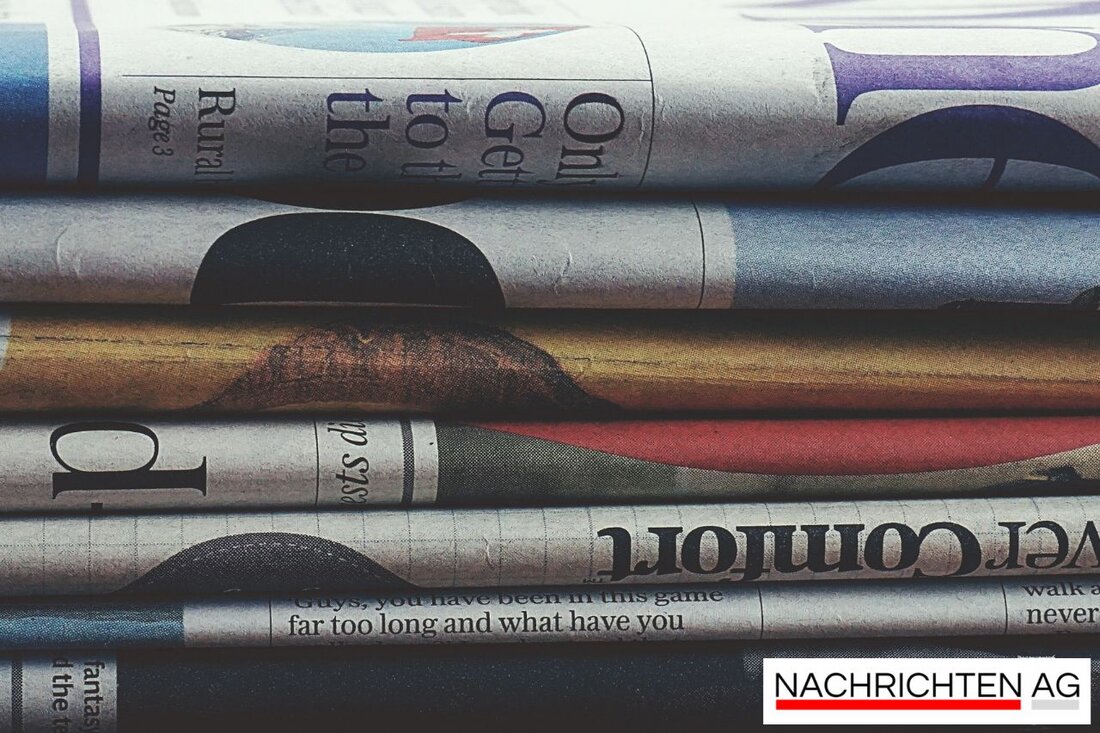Brain flows in colors: Art meets science in the Marienkirche!
Brain flows in colors: Art meets science in the Marienkirche!
Marienkirche, Kaiserslautern, Deutschland - On June 14, 2025, the mathematician Hans Trinkaus presents his installation to visualize brain flows in the Marienkirche during the long night of culture. This unique event is under the motto "Science meets art and music" and is intended to highlight the interaction of neuroscience, aesthetics and music. Trinkaus, who worked at the renowned Fraunhofer Institute for Techno and Business Mathematics until 2016, brings a breath of fresh air to the connection between these disciplines with his work.
The installation uses electroencephalograms (EEG) to measure brain activity. Here, electrodes are attached to the head that record the electrical activities of the brain. This data can not only be created artistic representations, but also deeper insights into clinical pictures such as Parkinson's and epilepsy can be obtained. Trinkau specializes in the research of interactive graphic procedures for analyzing this data. The analysis of Cornelius Borck also refers to the project, which in his work illuminates the history of researching the electrical brain and traces the path from the first human EEG by Hans Berger in 1929 to establishment as a clinical diagnostic method in the middle of the 20th century. Wallstein-Verlag .
inspiration through church history
The presentation in the Marienkirche was inspired by an earlier successful exhibition in the Sankt Blasius chapel in Mölschbach. Pastor Martin Oolf contacted Trinkaus to implement the installation in the Marienkirche. At the event, the graphic representations of the brain streams will be accompanied musically on two organs in the evening by dean's cantor Timo. This synthesis of visual and acoustic art is supposed to offer visitors a new experience and allows a dialogue about the connections between brain flows and musical expression.
The EEG itself is a fascinating tool that plays an important role in neuroscientific. The technological advances in electroencephalographic research have made it possible to make the brain legible in its own “language”. This leads to new questions about the understanding of brain functions and their presentation in art. Dr. Hartwig Hanser explains that the knowledge of the brain is strongly shaped by the technical possibilities. This historical context is also discussed in the history of brain research, as it is documented in Spektrum
an evening full of discussion and inspiration
As part of the event, a panel discussion with Hans Trinkaus and Timo Uhrig takes place at 9:30 p.m., moderated by Pastor Martin Oolf. This discussion round aims to deepen understanding of the complex relationships between the brain flows and the music. It is discussed how artistic and scientific approaches to interpret brain activities can be interpreted.
The long night of culture promises to become a fascinating experience for those interested in art and science and shows how diverse the areas of application of knowledge about the brain are.
| Details | |
|---|---|
| Ort | Marienkirche, Kaiserslautern, Deutschland |
| Quellen | |


Kommentare (0)